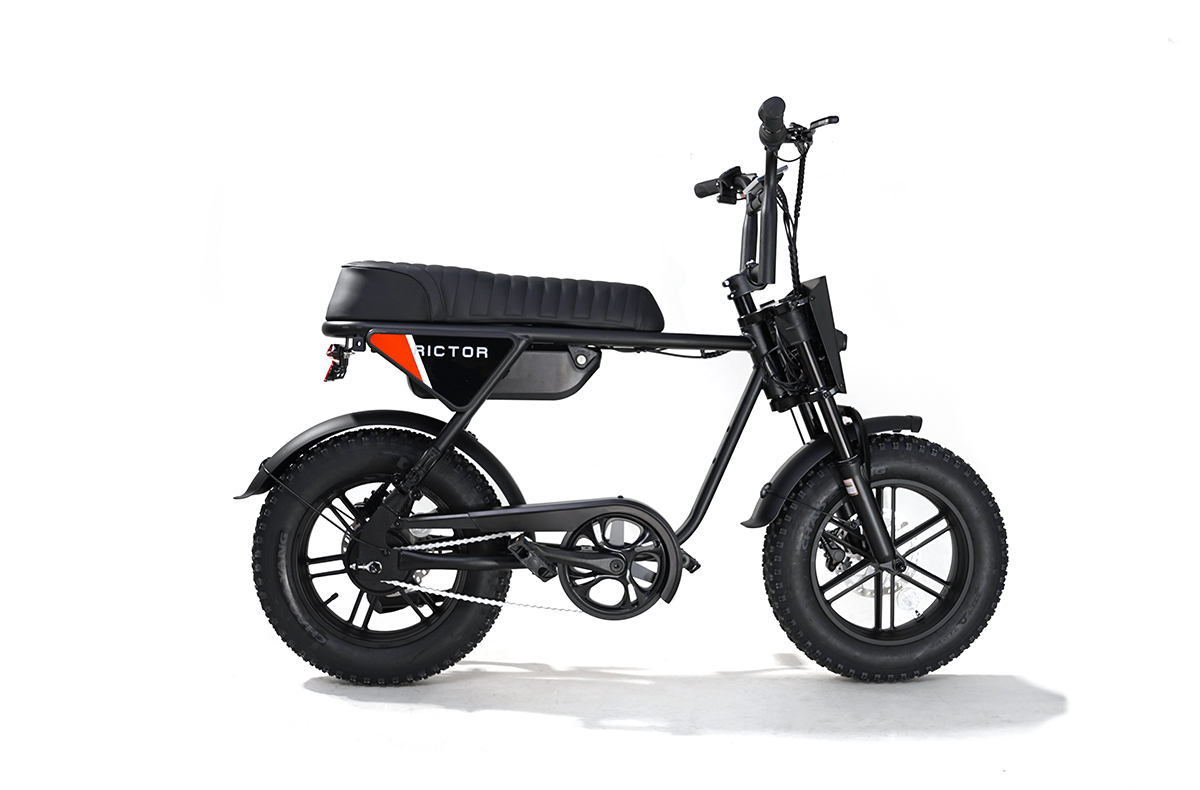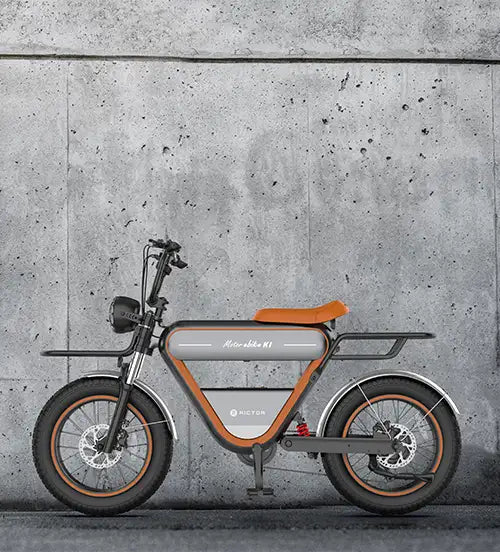
How to Choose the Right Bicycle Seat or Saddle
Finding the right bicycle saddle is key to enjoying your rides. A good saddle prevents pain and makes cycling more fun. This guide will help you pick a seat that fits your body and riding style.
Bicycle Saddle Basics
A bicycle saddle is more than just a seat. It has several parts: a shell (the base), padding (for comfort), a cover (outer layer), and rails (which attach to your bike). The front part (the nose) helps with control, while the back supports your sit bones. Knowing these parts helps you make better choices.
Why Your Saddle Choice Matters
Picking the right saddle is important. A bad-fitting saddle can cause pain, numbness, and even injuries. It also affects how well you ride. With a good saddle, you won't keep shifting around to get comfortable, so you can pedal better and ride longer.
Finding Your Sit Bone Width
Your sit bones are the parts of your pelvis that bear your weight when sitting. The width between these bones varies from person to person and is crucial for picking the right saddle.
You can measure your sit bone width at many bike shops. They often have special tools for this. You can also sit on a piece of cardboard and measure the dents you leave.
Look for a saddle that's about 20-30mm wider than your sit bone measurement to ensure good support.
SEE ALSO Best Class 2 Electric Bike That Can Go Up Hills

Matching Saddle to Your Riding Style
How you ride affects what saddle works best for you:
Road bikers who lean forward often do better with narrower saddles that have cutouts or channels to reduce pressure on sensitive areas.
Mountain bikers move around a lot on their bikes, so they often prefer saddles with rounded shapes that allow movement.
Commuters and casual riders who sit more upright usually need wider saddles with more padding to support their sit bones.
Long-distance cyclists might want saddles with special pressure relief features to stay comfortable for hours.
Men's and Women's Saddles
Men and women typically have different shaped pelvises. Women often have wider sit bones, which is why many companies make women-specific saddles with wider back sections.
But don't limit yourself based on labels. Try saddles made for any gender - what matters is finding one that fits your unique body.
Materials and Construction
Saddle materials affect comfort, durability, and weight:
Shells are usually plastic or carbon fiber. Carbon is lighter but costs more.
For padding, firmer isn't always worse. Very soft padding can create pressure points on longer rides. Many experienced riders prefer medium-firm padding.
The cover can be leather or synthetic. Leather molds to your body over time but needs more care. Synthetic covers need less maintenance and resist water better.
Pressure Relief Features
Many saddles have designs to reduce pressure on sensitive areas:
Cutout saddles have a hole down the middle.
Channeled saddles have a groove rather than a complete hole.
Split-nose designs divide the front of the saddle into two parts.
These features work differently for each person. Some riders love cutouts, while others find they create new pressure points.
Try Before You Buy
The best advice is to test saddles before buying. Many bike shops let you try saddles for a few days. Some brands even offer 30-day return policies.
Wear your normal cycling clothes when testing. Try to ride in conditions similar to your usual rides. A quick spin around the block isn't enough to know if a saddle will be comfortable on longer rides.
Setting Up Your Saddle Properly
Even the best saddle can cause problems if positioned wrong. Pay attention to saddle height, forward/backward position, and tilt.
Your saddle should be level or tilted very slightly downward at the nose. If it tilts too much in either direction, it can cause problems.
The forward/backward position should place your knee directly over the pedal when the cranks are horizontal.
Breaking In Your Saddle
Some saddles, especially leather ones, need time to break in. The materials will shape to your body with use. Don't give up on a new saddle too quickly - give it several rides to adjust.
Leather saddles need special care during break-in, including leather conditioner. Synthetic saddles typically need less break-in time.
Taking Care of Your Saddle
Good maintenance makes your saddle last longer. Clean it regularly and inspect it for wear. Replace your saddle if you see significant damage or if the padding is compressed, as it won't provide proper support anymore.
Special Needs for Different Riders
Triathletes often use saddles with shorter noses because of their riding position and the need to transition to running.
Long-distance cyclists need saddles that prevent pain over many hours of riding.
Heavier riders might benefit from saddles with stronger internal structures.
Changing Needs Over Time
Your ideal saddle might change as you ride more, change your riding style, or as your body changes. What works when you start cycling might not be best as you ride longer distances or change your position on the bike.
Many serious cyclists have different saddles for different bikes or types of riding.
Conclusion
Finding the best bicycle saddle takes some understanding of your body and how you ride. Pay attention to your sit bone width, riding position, and where you feel pressure. Remember that comfort is personal - what works for your friends might not work for you. Take the time to find a good saddle, as it's one of the most important parts of your bike for comfort and enjoyment. By the way, the Rictor commuter electric bike comes with a really nice saddle right out of the box. They've done tons of scientific testing on it for breathability and pressure support, so you might not even need to swap it out!
FAQs
How often should I replace my bicycle saddle?
Most good saddles last 3-5 years with regular use. Replace yours sooner if you see wear, flattened padding, or if you start feeling uncomfortable on rides.
Will a new saddle affect how my bike fits me?
Yes. Different saddles have different heights and shapes. After installing a new saddle, check your overall bike fit and adjust as needed.
Is saddle pain always because of a bad saddle?
Not always. Pain can also come from poor bike fit, bad riding form, low-quality cycling shorts, or not being used to riding. If a new saddle doesn't help, consider getting a professional bike fitting or gradually riding longer distances to build tolerance.




